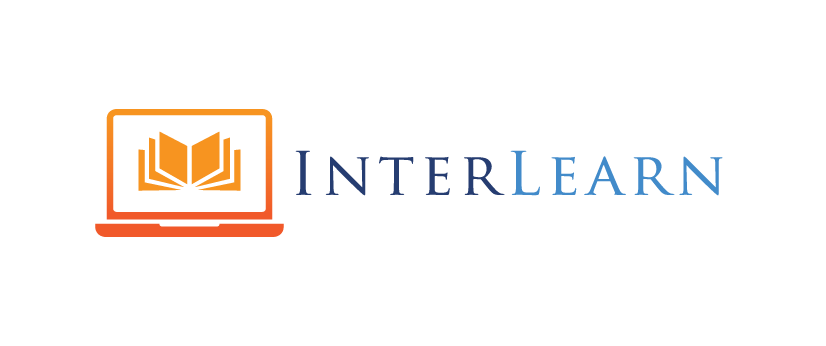The phrase of change is the new constant is one that is sometimes frustrating to embrace. This is a surviving mentality … we have to change to survive. Frankly though, survival is no longer good enough. Thriving is the important mindset to develop, which requires two things: saying goodbye to the old and embracing innovation. This isn’t a requirement to change the world though; rather, it’s a strategy to stay true to your vision and being flexible on how you achieve it.
One of many complex reasons that these changes are upon us is based on consumer demands. Our adult learners have created a new traditional way of learning … a way of learning that demands speed, demands competency development, and demands diverse media. The effect on instructional design is thus to ensure that we have scalable curriculum for adjunct faculty (addresses speed and diverse media options) and use authentic assessment (addresses competencies).
Bad news though. Those are points of survivability. True, if you don’t have those, then focusing on those are important. However, let’s look at innovation, and see what our consumers (adult learners in this context) are looking towards.
Just a few trends to watch for that Frank Smith gave us in Ed Tech include the ability to analyze data, incorporate gamification, ensure personalization, and streamline mLearning (mobile learning options).
Data Analysis
Our current state is that Learning Management Systems (LMS) are a falling out of the sky. It’s a consumer’s choice now, giving us the ability to focus on the real values. Whistles and bells are fun, but frankly distracting if overdone. Your top priority, other than user experience, needs to revolve around data collection. Statistics, completion times, time spent on pages, and frequency to pages are just very basic data points you must gather to help group patterns and work towards personalized learning options.
Gamification
There has been a lot of experimentation around this concept, giving non-gamification experts more to consider. It can’t be ignored though. Learners retain as low as 10% of what they read and down to 20% of what they hear. When we perform tasks ourselves, even in a simulated environment, the number shoots up to 90% retention, according to Frank Smith. Even if these numbers aren’t pure science, which I doubt they are, step back and take a look at the big picture. Reading and hearing is much lower retention of knowledge than experiencing. That’s the bottom line. So yes, we need to take this seriously.
Personalisation
It may feel conflicting when I note the value of scaling your curriculum, and then turn around and note the need to tailor it to the learner! In reality though, personalization options are very feasible within pre-set scalable curriculum. A few include providing optional ways for a student to perform an assessment, providing different ways for the learner and the facilitator to present content, leverage the student’s personal interests in research projects, and for advanced consideration, even allowing students to choose their own learning path.
mLearning
This is something consumers want now, and is even provided by many LMS’. The concern though is that higher education hasn’t caught up well for a systemic and effective way to leverage mobile learning to be that seamless experience we demand from Facebook. Also, we have to treat the presentation quite differently. This is NOT a “smash the current stuff in an app” scenario. Cognitive overload is high and the more we can intentionally limit exposure to learning in chunks, the better for them to effectively learn, feel good about it, and stay in the program.
So my challenge to you are two questions.
- Are you in survival or thrive mode?
- Which intentional practice are you going to pursue first?
Written by Dr. Willeke


Comments are closed